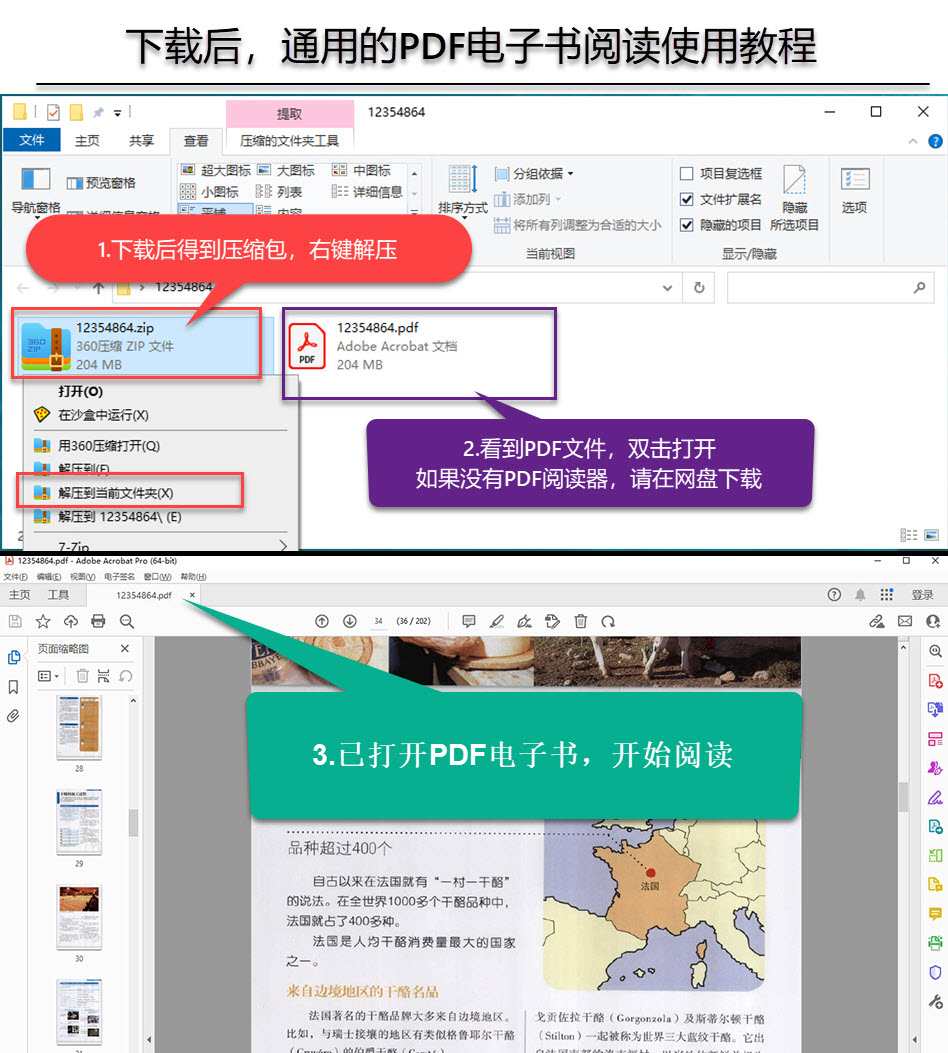语用学的核心概念
本书特色
[
维索尔伦著的《语用学的核心概念》内容除了传统的言语行为理论、预设(presupposition)、指示词、语境和语境化外,还收录了verschueren的顺应性、信道、隐含性、非言语交际、灵长类交际等等。
]
目录
preface to the seriesacknowledgementsintroduction: the pragmatic perspective 1. pragmatics and its formative traditions 2. pragmatics as a repository of interesting topics 3. the problem of delimitation 4. on dimensions, perspectives, methodology, and evidence 5. a functional perspective on languageadaptability 1. introduction: the pragmatic perspective 2. biological adaptability and language 2.1 the adaptive emergence of language 2.2 the adaptive functioning of language 3. social-interactive adaptability and language use 3.1 an adaptability theory of pragmatics 3.2 applications of an adaptability perspective 4. conclusionchannel 1. digging underneath the speech/writing distinction 1.1 print and handwriting 1.2 televization and secondary orality 2. beyond the verbal: the visual and the digital 2.1 multi-modality and the visual 2.2 digital hypertext 3. afterthoughtcommunication 1. language and communication 2. communication in an evolutionary perspective 3. the mathematical theory of communication 4. human communication 5. the study of language as communication 6. communication and background 7. intercultural communication 8. business communication 9. mass communicationcontext and contextualization 1. preliminaries 2. context is more than deixis 3. which contexts do we need to consider? 4. the nature of the contextual link 4.1 the creativity of contextualization 4.2 the vagueness of contextualization 4.3 the negotiability of context 4.4 the groundedness of context in interactional work 4.5 the culturality of contextualization 4.6 indexicality — iconicity — symbolization 4.7 using contextsconversational logic 1. origins 2. the basic system of conversational logic 3. the universality of cp 4. cp and discourse genre 5. cp and politeness 6. other discussion of indirectness 7. the future of cldeixis 1. definitional and theoretical issues 2. deictic semantics and morphology in a typological perspective 3. formulatmg place: deictics in interaction 4. directions for further researchimplicitness 1. historical note 2. semantic and pragmatic categories of implicitness 2.1 entailment 2.2 semantic presupposition 2.3 pragmatic presuppositions 2.4 implicatures 2.4.1 generalized and particularized implicatures 2.4.2 conventional implicatures 2.5 scalar implicatures 2.6 politeness implicatures 2.7 explicatures 2.8 implicitures 3. implicitness and cognitionnon-verbal communication 1. introduction 1.1 broad conception and scope (literal definitions) 1.2 some basic concepts & distinctions (narrow definitions) 1.3 (sub)categories of non-verbal communication 1.4 functions of non-verbal communication 2. a historical overview and a synthesis of contemporary trends 2.1 the psychological viewpoint 2.2 the anthropological viewpoint 2.3 the sociological viewpoint 2.4 the semiotic viewpoint 2.5 the linguistic viewpoint 3. psycholinguistics, neurolinguistics and non-verbal communication 3.1 gesticulation, speech and thought 3.2 acquisition of non-verbal communication 3.3 pathologies of non-verbal communication 4. pragmatics, discourse analysis and non-verbal communication 4.1 non-verbal (speech?) acts 4.2 deictic gestures and spatial orientation 4.3 discursive styles, functional variation and conversation 5. sociolinguistics, linguistic anthropology and non-verbal communication 5.1 sociocultural factors and non-verbal communication 5.2 multilingualism and non-verbal communication 6. applied linguistics and non-verbal communication 6.1 lexicography of gesture 6.2 language learning 7. concluding remarks 7.1 theoretical considerations 7.2 methodological considerations 7.3 final historical comments 7.4 afterthoughtpresupposition 1. introduction 2. from semantic presuppositions to pragmatic presuppositions: historical backgrounds 3. pragmatic presuppositions 4. pragmatic accounts of presupposition projection 5. informative presuppositions: context and accommodation 6. hybrid presuppositionsprimate communication 1. introduction 2. primate vocal communication 3. primate gestural communication 4. where is the pragmatics?semiotics 1. introduction 2. basic concepts of semiotics 3. basic sign theories 3.1 logical approaches 3.2 structuralist approaches 3.3 phenomenological approaches 3.4 pragmatic approaches 3.5 cultural approaches 4. interdisciplinary extensionsspeech act theory 1. where does speech act theory come from? 1.1 frege and the assertion sign 1.2 wittgenstein and the uses of language 1.3 austin and the performative utterance 1.4 grice and speaker’s meaning 2. utterances as acts 2.1 austin’s distinction of locutionary, illocutionary,and perlocutionary acts 2.1.1 the complexities of saying 2.1.2 the three kinds of effects of the illocutionary act 2.1.3 the distinction between illocution and perlocution 2.2 searle’s notion of the speech act as illocutionary act 2.2.1 illocutionary force and propositional content 2.2.2 felicity conditions as rules 2.2.3 intention and perlocution 3. main problems in speech act theory 3.1 illocutionary force-indicating devices 3.2 the classification of illocutionary acts 3.3 modes of understanding 237 3.4 speech acts and truth 238 3.5 universality vs. the linguistic and cultural relativity of speech acts 4. trends of development in speech act theory 4.1 from the conventionality of performatives to the naturality of inferences 4.2 from interpersonal action to the intentionality of the speaker’s mind 4.3 some collateral endeavors 5. open issues and possibilities of further developmentindex
封面

书名:语用学的核心概念
作者:维索尔伦
页数:253
定价:¥48.0
出版社:上海外语教育出版社
出版日期:2014-06-01
ISBN:9787544636766
PDF电子书大小:62MB 高清扫描完整版
本文标题:《语用学的核心概念》PDF下载
资源仅供学习参考,禁止用于商业用途,请在下载后24小时内删除!

